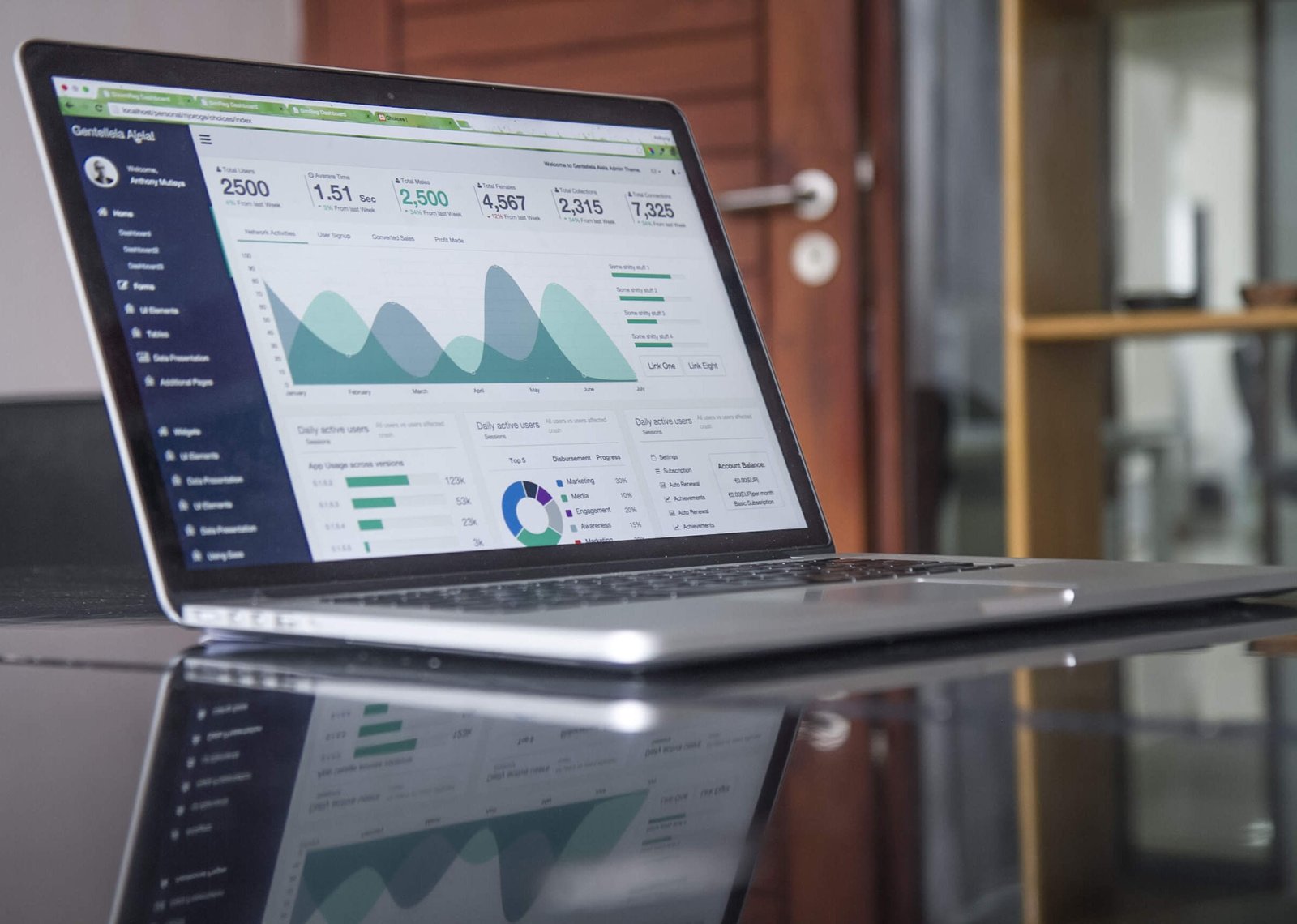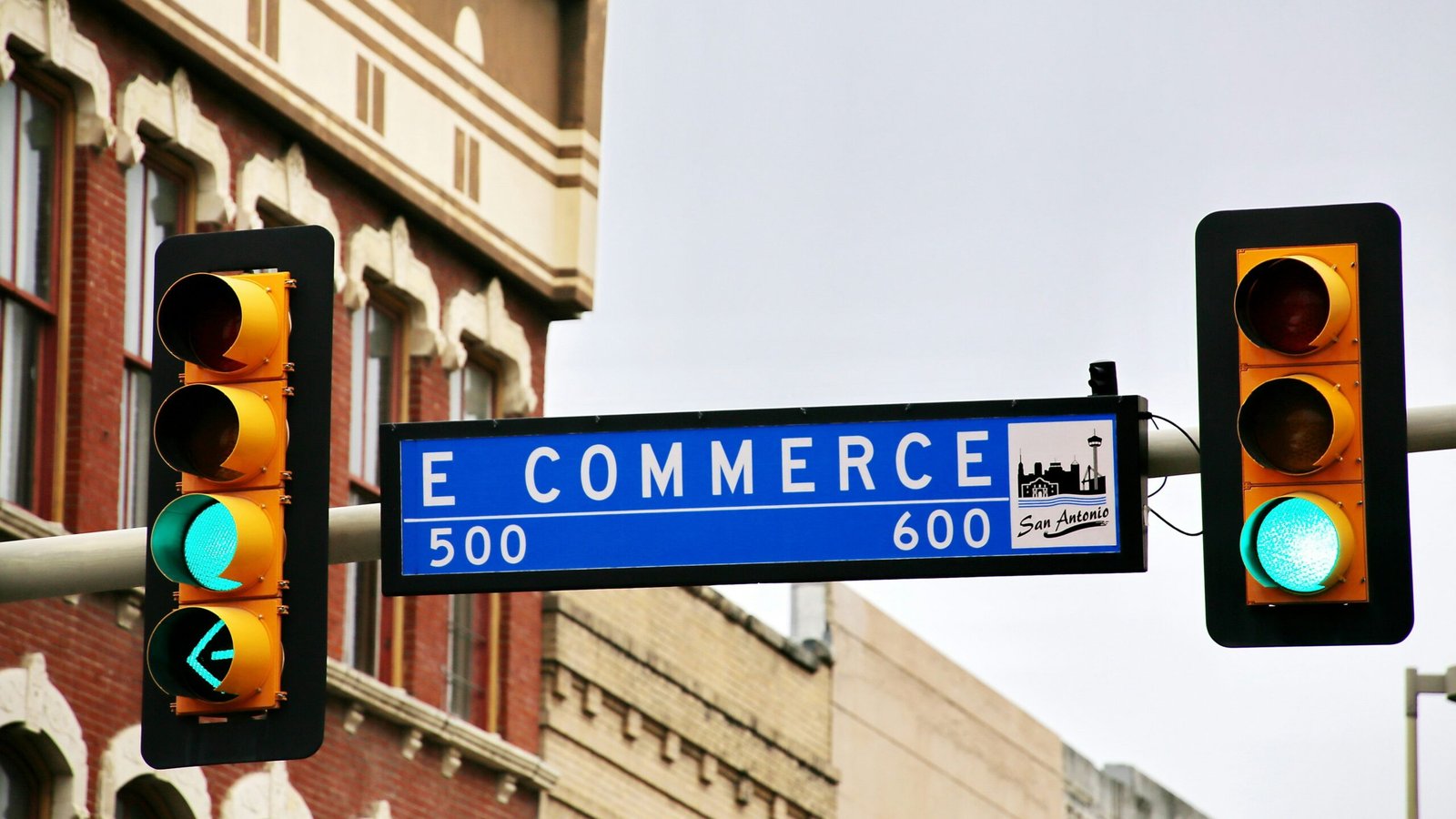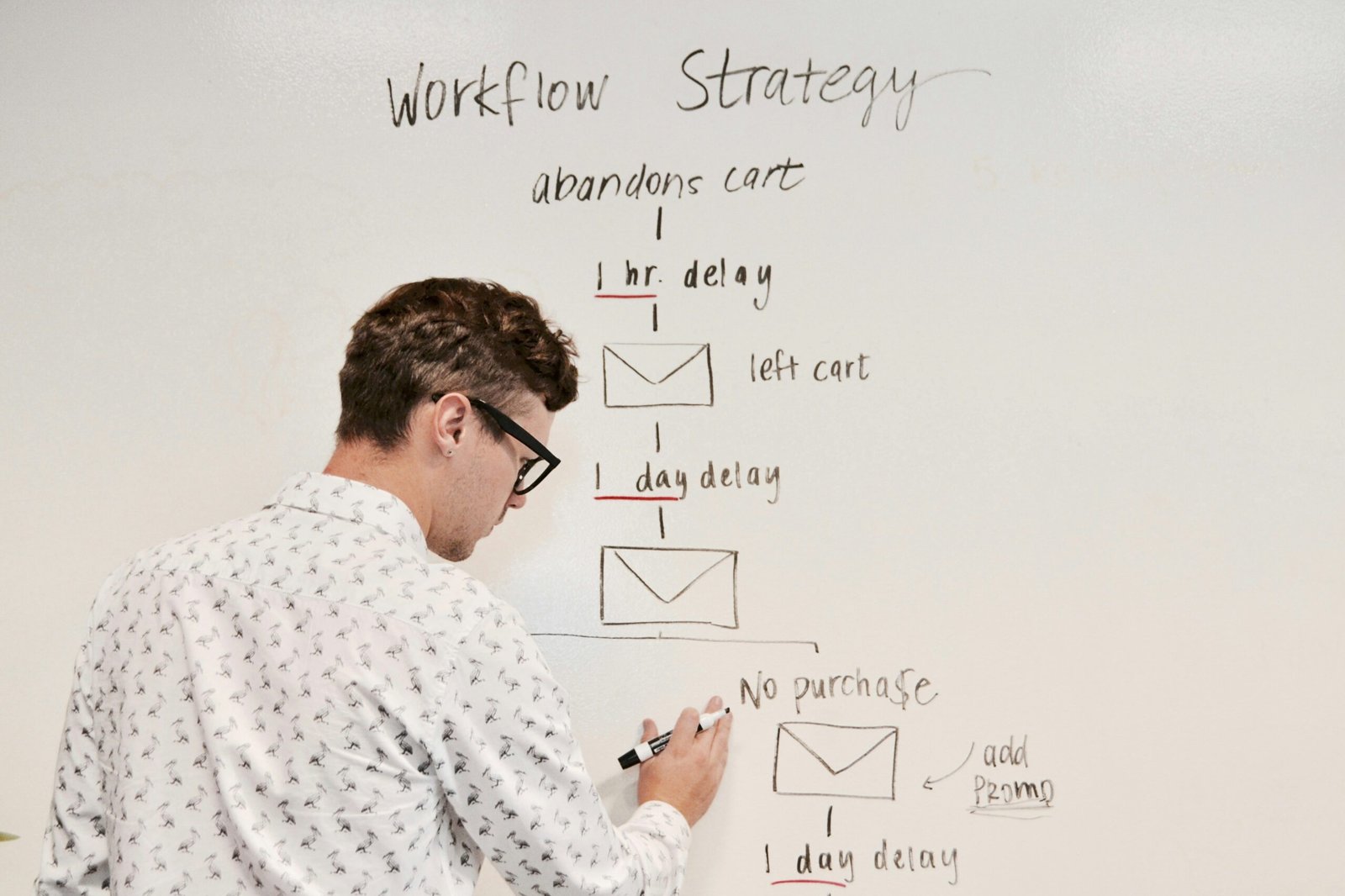E-commerce Website Optimization: Enhancing Performance for Better Conversions
“`html
Understanding Website Performance Issues
In the competitive landscape of e-commerce, website performance is critical to both user satisfaction and conversion rates. Slow loading times remain one of the most prevalent performance issues faced by e-commerce websites. Research indicates that a delay of even one second in page load time can result in a 7% reduction in conversions. The repercussions of these delays include frustrated users who are more likely to abandon the site, leading to higher bounce rates and significantly lower sales.
Inefficient code and poorly designed architecture also play substantial roles in diminishing website performance. An example includes bulky JavaScript files and excessive CSS, which can bog down loading times and adversely affect user interaction. Unoptimized images are another common culprit; high-resolution visuals that are not properly compressed can severely slow down a website, detracting from the overall user experience. A best practice is to employ adaptive images that adjust according to the visitor’s device and screen resolution, thereby improving load times and user satisfaction.
Server-related problems such as insufficient bandwidth or subpar hosting solutions can further exacerbate performance issues. A notable instance of this was when a leading online retailer experienced a server crash during a major sale event, culminating in a loss of millions of dollars in potential revenue. Such occurrences underscore the necessity of having robust, scalable server solutions that can handle traffic spikes without compromising on performance.
The consequences of ignoring these issues are stark. E-commerce businesses risk deterring potential customers and losing market share to more optimized competitors. Studies reveal that 79% of online shoppers who encounter performance issues are unlikely to return to the site, emphasizing the long-term impact on customer loyalty. Implementing comprehensive performance optimization strategies is not just beneficial but essential for sustaining growth and ensuring consistent revenue generation in the e-commerce sector.
Key Metrics to Monitor for Website Optimization
For e-commerce websites, monitoring key performance metrics is crucial to ensure a seamless user experience and ultimately drive better conversions. One of the primary metrics to keep an eye on is page load time. Studies show that even a one-second delay in page load time can result in a significant drop in conversion rates. Page load time affects how quickly users can interact with the content, and slower load times often lead to higher bounce rates. To optimize page load times, consider techniques like compressing images, enabling browser caching, and minimizing HTTP requests.
Server response time is another critical metric that directly influences page load times. It measures how long it takes for a server to respond to a request. A slow server response means delayed content delivery, which can frustrate users. Optimizing server response time involves upgrading server hardware, using faster server-side scripting, and employing a content delivery network (CDN) to distribute content more efficiently.
Time to First Byte (TTFB) is a metric that further refines the understanding of server responsiveness. TTFB measures the time taken for a user’s browser to receive the first byte of data from the webserver. A lower TTFB indicates a more responsive server, which is essential for a smoother user experience. Performance optimization strategies for TTFB include optimizing database queries, using efficient server configurations, and leveraging reliable hosting services.
Bounce rate, which indicates the percentage of visitors who navigate away after viewing only one page, is another vital metric. A high bounce rate often signals issues such as slow load times, poor site navigation, or unengaging content. To reduce bounce rates, ensure that your website is easy to navigate, provides relevant content, and maintains fast load speeds. User experience design and A/B testing can help identify and address issues that cause high bounce rates.
Setting benchmark goals for these key metrics and continuously monitoring them is essential for maintaining optimal website performance. Use tools like Google Analytics, GTmetrix, and WebPageTest to track these metrics and gather insights on areas needing improvement. Regularly analyzing performance data helps in identifying patterns, pinpointing problems, and implementing corrective measures to enhance user experience and boost e-commerce conversions.
Best Practices for Improving Website Performance
Optimizing an e-commerce website’s performance is paramount for achieving better conversions and providing an excellent user experience. Implementing practical steps can significantly enhance your site’s speed and reliability.
Firstly, optimizing images is crucial. High-resolution images can slow down your website. By compressing and resizing images without sacrificing quality, you can dramatically improve load times. Tools like Photoshop, TinyPNG, or image optimization plugins can automate this process.
Leveraging browser caching is another effective technique. It allows browsers to store copies of your site’s files, so users don’t have to re-download them every time they visit. By specifying how long browsers should store these files through your .htaccess file or server settings, repeat visits become faster, improving user experience and reducing server load.
Minimizing HTTP requests is essential for enhancing performance. Each file requested by the user—like images, scripts, or stylesheets—requires an HTTP request. Combining files, using CSS sprites, and reducing the number of elements on your pages can minimize these requests, speeding up your site.
Using Content Delivery Networks (CDNs) can offer significant benefits by distributing your site’s static files across a network of servers worldwide. This distribution means that users access your website from the server closest to their location, reducing latency and speeding up page load times. Popular CDNs like Cloudflare or Amazon CloudFront can be integrated with your site effortlessly.
Code optimization is another critical aspect. Streamlining your HTML, CSS, and JavaScript files can reduce the time browsers take to render your pages. Using tools to minify your code, remove unnecessary comments, and eliminate redundant elements can make a substantial difference.
Reducing server response times by optimizing backend performance is equally important. This involves using efficient database queries, upgrading server hardware, and opting for faster hosting solutions. Monitoring server performance with tools like Google PageSpeed Insights or Pingdom can help identify and rectify bottlenecks.
Finally, ensuring mobile responsiveness is paramount in today’s mobile-first world. Implementing responsive design principles and using frameworks like Bootstrap can guarantee that your website performs excellently across all devices, maintaining fast load times and a seamless user experience.
Adhering to these best practices can significantly enhance your e-commerce website’s performance, leading to improved conversions and user satisfaction.
Tools and Technologies for Website Optimization
In the realm of e-commerce, website optimization is paramount to ensuring not only a seamless user experience but also improved conversion rates. A variety of tools and technologies are available that assist businesses in diagnosing and addressing performance issues. Popular tools such as Google PageSpeed Insights, GTmetrix, and Pingdom offer valuable insights into various performance metrics of a website, identifying critical areas that need improvement. For instance, Google PageSpeed Insights provides a comprehensive analysis of both mobile and desktop performances, giving suggestions on how to enhance loading times and overall responsiveness.
GTmetrix is another essential tool for e-commerce businesses, offering a detailed report on page speed and recommendations for optimization. It measures various aspects such as page load time, total page size, and the number of requests, thus helping businesses pinpoint specific bottlenecks. Similarly, Pingdom provides real-time performance monitoring and delivers reports on page load speeds from multiple locations around the globe, allowing e-commerce websites to optimize their performance geographically.
Beyond these diagnostic tools, certain technologies play a crucial role in improving website performance. One such technology is lazy loading, which defers the loading of non-essential resources until they are actually needed. This means that images and videos are only loaded when they come into the user’s viewport, significantly reducing initial page load time.
Another critical technology is AMP (Accelerated Mobile Pages), which is designed to make humble pages load quickly on mobile devices. E-commerce websites leveraging AMP can improve their mobile user experience, providing faster load times and potentially higher engagement rates.
Server-side rendering is also an influential technology in modern web optimization strategies. By pre-rendering the HTML on the server side and sending fully rendered pages to the client, server-side rendering can drastically reduce the time to interactive (TTI), enhancing website responsiveness.
Utilizing these tools and technologies can greatly improve the performance and reliability of e-commerce websites, ultimately driving better user engagement and higher conversion rates.







